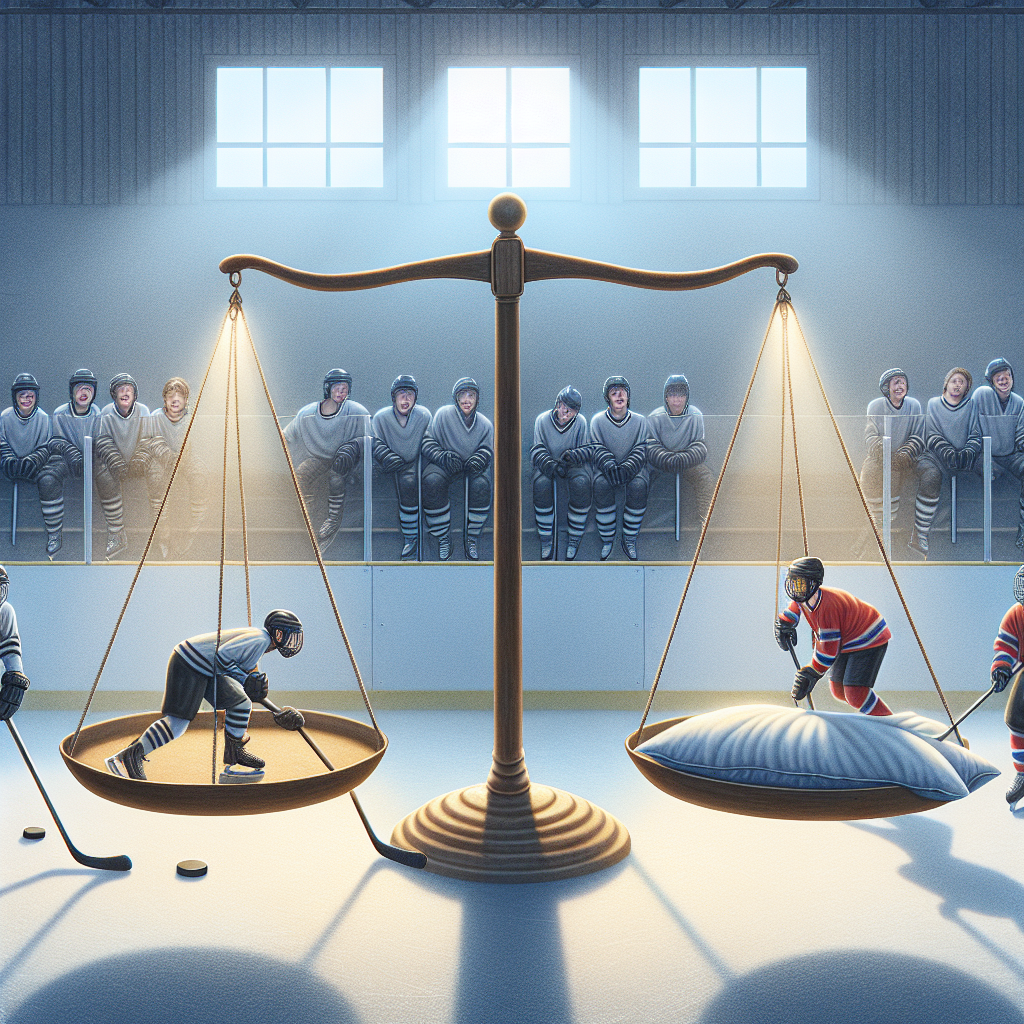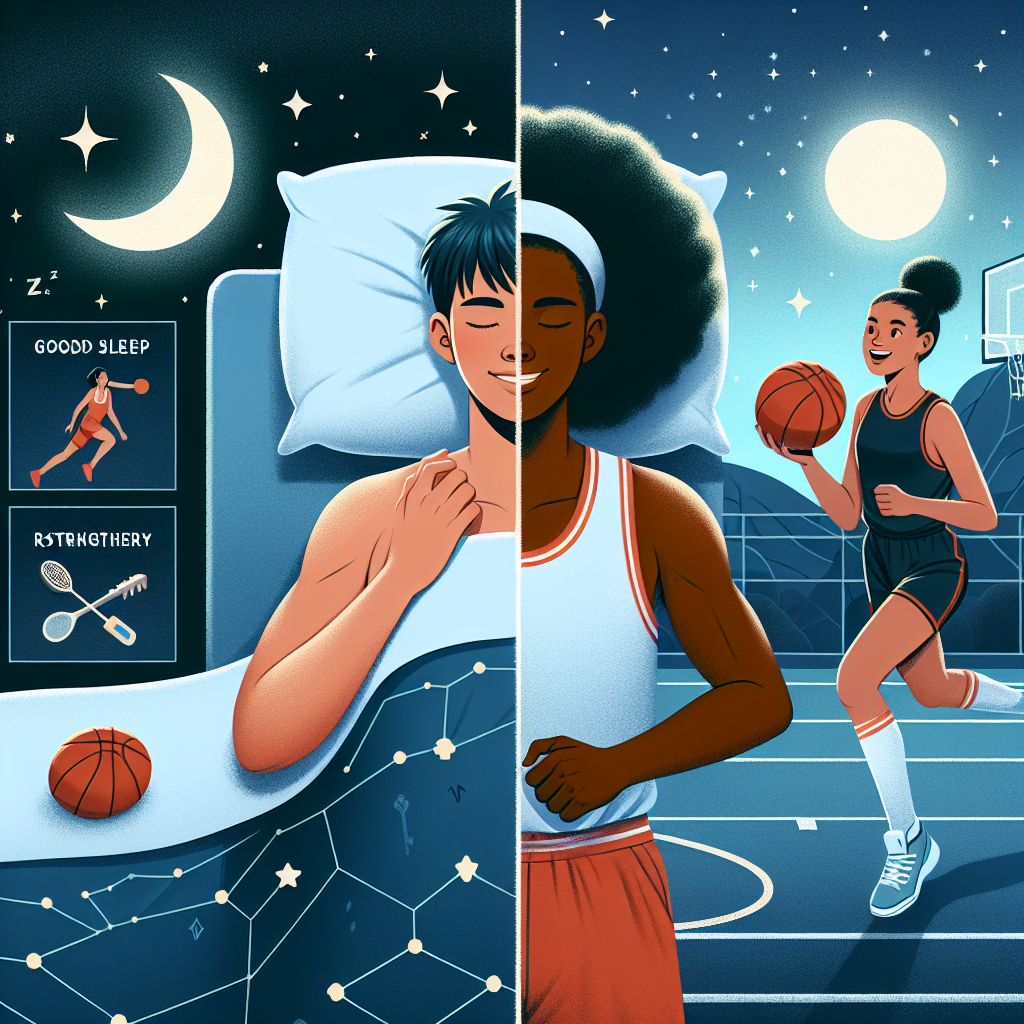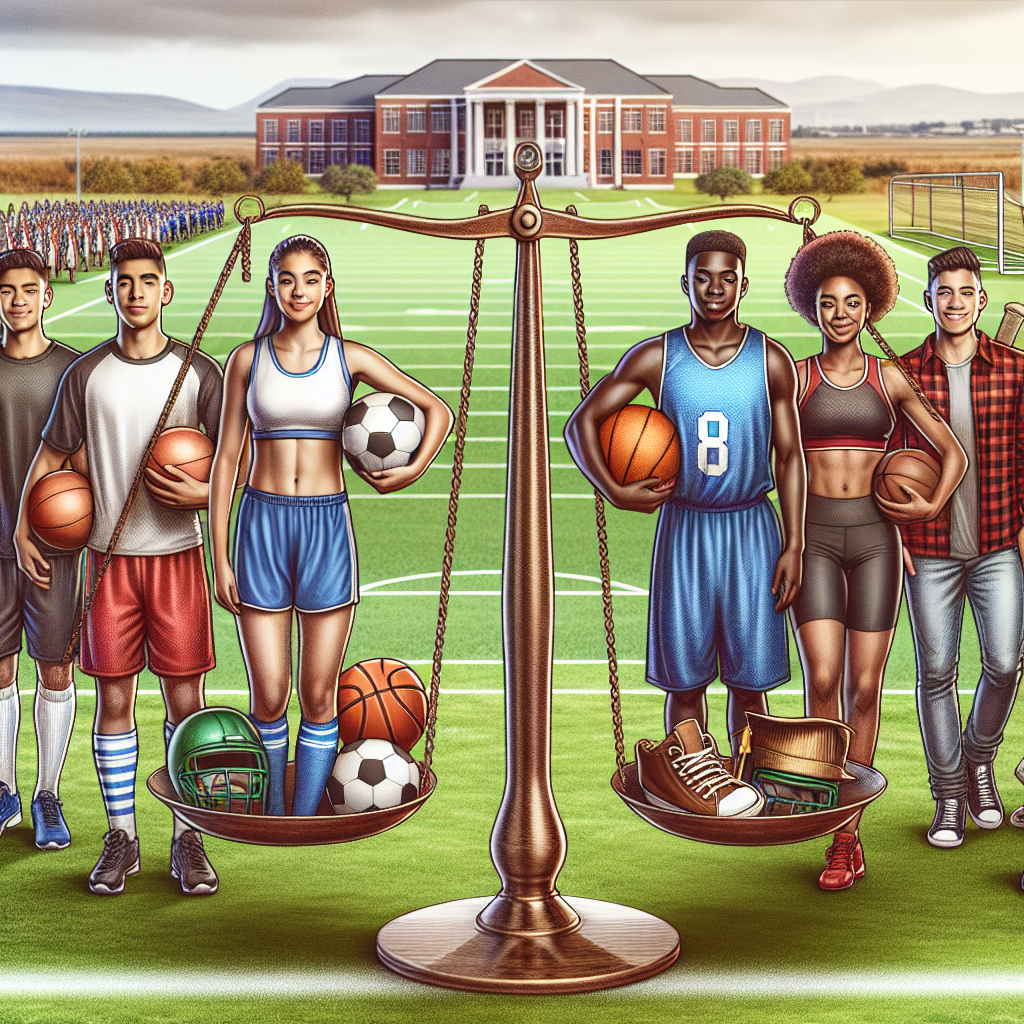Finding the Balance: Development vs. Burnout in Young Hockey Players
As the sport of hockey continues to grow in popularity, both parents and coaches are eager to develop young talent into elite athletes. While the dedication to practice, games, and skill development is commendable, it’s essential to recognize one critical factor: the potential for hockey player burnout. Striking the right balance between nurturing talent and avoiding exhaustion is paramount in ensuring the long-term success and enjoyment of the game for young athletes.
Understanding Hockey Player Burnout
Hockey player burnout is a state of physical, emotional, and mental exhaustion that can result from prolonged stress, excessive demands, and a grueling schedule. Young players, often subjected to increased expectations, may experience significant pressures that lead to burnout. This phenomenon can detrimentally affect performance, motivation, and overall love for the sport. Recognizing the symptoms is the first step toward mitigation.
- Decreased enthusiasm for practice and games
- Physical fatigue and frequent injuries
- Increased irritability and frustration
- Declining performance levels
- Feelings of isolation from teammates and peers
Causes of Burnout in Young Hockey Players
Several factors can contribute to hockey player burnout, and understanding them is crucial for parents and coaches alike. Here are some common causes:
- High Expectations: Parents and coaches may inadvertently place excessive pressure on young players to succeed, leading to feelings of inadequacy.
- Over-commitment: Many young athletes participate in multiple teams or leagues, resulting in packed schedules that leave little room for rest and recovery.
- Lack of Autonomy: When young players are not given the opportunity to make choices about their training and development, they can feel powerless, which can contribute to dissatisfaction with the sport.
- Neglecting Other Interests: Focusing solely on hockey can lead to a lack of balance in life, robbing young players of the joy found in other activities.
Signs Parents and Coaches Should Watch For
Being aware of burnout signs allows for early intervention and can help prevent a decline in a player’s passion for hockey. Here are some signs to keep an eye on:
- Frequent complaints about fatigue or lack of energy.
- A noticeable drop in performance levels during games or practices.
- Reluctance to participate or an expressed desire to quit the sport.
- Increased emotional responses such as frustration, anger, or sadness after games.
Strategies for Preventing Hockey Player Burnout
Preventing hockey player burnout requires a proactive approach from both parents and coaches. Here are some strategies to implement:
1. Promote a Balanced Schedule
Encouraging a well-rounded life is critical for young players. This includes allocating time for academics, family, and leisure activities, which can help prevent the overwhelming feeling of constantly “having” to practice. A balanced schedule ensures players have the chance to recharge mentally and physically.
2. Encourage Open Dialogue
Fostering an environment where young players feel comfortable expressing their feelings about training and competitions is vital. Regular check-ins can help parents and coaches gauge the player’s mental state and allow for adjustments in training or commitments as necessary.
3. Focus on Skill Development, Not Just Competition
While winning is an important aspect of sports, placing too much emphasis on outcomes can lead to burnout. Rather than solely focusing on victories, prioritize skill development, teamwork, and personal growth. Celebrate small achievements, and create a culture that values progress over performance.
4. Emphasize Enjoyment
Remind young athletes that hockey is meant to be fun. Incorporating enjoyable games and team-building activities into practice can reignite passion for the sport and foster a sense of belonging and friendship among teammates.
5. Implement Recovery Strategies
Encourage proper rest, nutrition, and recovery techniques. This includes ensuring that young players get adequate sleep, stay hydrated, and have downtime between games and practices. Teaching young athletes about the importance of recovery is essential for both their physical and mental well-being.
Conclusion
Finding the balance between pushing for development and avoiding hockey player burnout is a delicate dance. Parents, coaches, and players must work collaboratively to build an environment that nurtures talent while prioritizing joy and well-being. By recognizing the signs of burnout and implementing strategies to promote balance, we can help young hockey players thrive both on and off the ice. Remember, developing a love for the game is just as crucial as honing skills; it’s this passion that will keep our future hockey stars playing for years to come.



